MONITORING: Unreclaimed landfill of municipal solid waste in the village of Bosteri
Coordinates: 42.654146, 77.211875
Illegal dumps of construction waste pose a serious threat to the environment, human health, and safety. Unlike organized landfills, where waste is disposed of in accordance with environmental standards, such dumps are formed in unauthorized locations, leading to numerous problems. Construction waste includes remnants of brick, concrete, metal, plastic, wood, as well as hazardous substances such as asbestos and chemical building materials.
Major dangers of illegal construction waste dumps
Soil contamination: Construction waste contains many toxic components that negatively affect soil quality when they enter the ground.
For example: Chemical substances: Waste often contains paints, varnishes, adhesives, and other chemical materials. Over time, they break down, and their hazardous components, such as lead, cadmium, and other heavy metals, seep into the soil.
Asbestos: Many old building materials contain asbestos, which releases microscopic fibers when damaged. These fibers are extremely dangerous to health and can cause lung cancer and other diseases. Once in the soil, asbestos can remain there for many years.
Water resource contamination
Groundwater: Toxic substances from construction waste can infiltrate groundwater, which then spreads over large distances. Contaminated groundwater can become a source of diseases for humans and animals, as it is often used for drinking purposes in rural areas.
Surface water bodies: During rains, construction waste from unauthorized dumps is washed into rivers, lakes, and other water bodies. This not only deteriorates water quality but also disrupts ecosystems, leading to the death of fish and other aquatic organisms.
Threat to human health
Dust emissions: Illegal construction waste dumps pose a danger to the respiratory system. Wind carries fine particles of cement, gypsum, asbestos, and other materials that can cause lung diseases, including asthma and chronic bronchitis.
Hazardous substances: As mentioned above, asbestos, lead, and other toxic elements can enter the body through air or food. Continuous exposure to such substances can lead to severe chronic diseases, such as cancer or poisoning.
Physical injuries: Unorganized dumps often contain sharp objects, such as metal rods, glass, or pieces of rebar, which can cause physical harm to people, especially children and animals that may accidentally enter such areas.
Impact on ecosystems
Loss of habitats: Illegal dumps often form in natural areas, such as forests, fields, or riverbanks. Waste destroys local ecosystems, hindering plant growth and threatening animal habitats. Many species of wildlife can suffer due to the destruction of their natural habitat, including through poisoning from toxic substances.
Disruption of food chains: When toxic substances enter the soil and water, they can infiltrate the bodies of plants and animals, thereby disrupting food chains. Toxic components are transmitted through the food chain, which can lead to the death of many species, especially in aquatic ecosystems.
Fires: Construction waste, such as wood, plastic, paper, and insulation materials, is highly flammable. Illegal dumps often become hotspots for uncontrolled fires, especially during dry seasons. Such fires not only pose a threat to nearby settlements but also cause severe air pollution from toxic emissions.
Deterioration of quality of life: The presence of construction waste dumps near residential areas worsens the quality of life for local residents. People are forced to live near a polluted environment, endure unpleasant odors, and fear for their health.
Decrease in tourist attractiveness: In areas with natural attractions or near cities, tourist activity can significantly decline due to dumps. This, in turn, negatively affects the local economy.
Illegal construction waste dumps pose a serious threat to the environment, human health, and ecosystems. Soil and water contamination, the spread of toxic substances, deterioration of air quality, and destruction of natural landscapes are just some of the problems faced by regions where unauthorized dumps occur. To address this issue, it is necessary to implement comprehensive measures, including waste recycling, strict monitoring of disposal, and raising public awareness.
The research was conducted with the support of the Global Greengrants Fund (GGF), one of the leading donor organizations in the world that supports the efforts of ordinary people to protect the planet Earth. #GlobalGreengrantsFund #GreengrantsFund #Greengrants #GGF #GlobalGreengrantsFund
Illegal dumps of construction waste pose a serious threat to the environment, human health, and safety. Unlike organized landfills, where waste is disposed of in accordance with environmental standards, such dumps are formed in unauthorized locations, leading to numerous problems. Construction waste includes remnants of brick, concrete, metal, plastic, wood, as well as hazardous substances such as asbestos and chemical building materials.
Major dangers of illegal construction waste dumps
Soil contamination: Construction waste contains many toxic components that negatively affect soil quality when they enter the ground.
For example: Chemical substances: Waste often contains paints, varnishes, adhesives, and other chemical materials. Over time, they break down, and their hazardous components, such as lead, cadmium, and other heavy metals, seep into the soil.
Asbestos: Many old building materials contain asbestos, which releases microscopic fibers when damaged. These fibers are extremely dangerous to health and can cause lung cancer and other diseases. Once in the soil, asbestos can remain there for many years.
Water resource contamination
Groundwater: Toxic substances from construction waste can infiltrate groundwater, which then spreads over large distances. Contaminated groundwater can become a source of diseases for humans and animals, as it is often used for drinking purposes in rural areas.
Surface water bodies: During rains, construction waste from unauthorized dumps is washed into rivers, lakes, and other water bodies. This not only deteriorates water quality but also disrupts ecosystems, leading to the death of fish and other aquatic organisms.
Threat to human health
Dust emissions: Illegal construction waste dumps pose a danger to the respiratory system. Wind carries fine particles of cement, gypsum, asbestos, and other materials that can cause lung diseases, including asthma and chronic bronchitis.
Hazardous substances: As mentioned above, asbestos, lead, and other toxic elements can enter the body through air or food. Continuous exposure to such substances can lead to severe chronic diseases, such as cancer or poisoning.
Physical injuries: Unorganized dumps often contain sharp objects, such as metal rods, glass, or pieces of rebar, which can cause physical harm to people, especially children and animals that may accidentally enter such areas.
Impact on ecosystems
Loss of habitats: Illegal dumps often form in natural areas, such as forests, fields, or riverbanks. Waste destroys local ecosystems, hindering plant growth and threatening animal habitats. Many species of wildlife can suffer due to the destruction of their natural habitat, including through poisoning from toxic substances.
Disruption of food chains: When toxic substances enter the soil and water, they can infiltrate the bodies of plants and animals, thereby disrupting food chains. Toxic components are transmitted through the food chain, which can lead to the death of many species, especially in aquatic ecosystems.
Fires: Construction waste, such as wood, plastic, paper, and insulation materials, is highly flammable. Illegal dumps often become hotspots for uncontrolled fires, especially during dry seasons. Such fires not only pose a threat to nearby settlements but also cause severe air pollution from toxic emissions.
Deterioration of quality of life: The presence of construction waste dumps near residential areas worsens the quality of life for local residents. People are forced to live near a polluted environment, endure unpleasant odors, and fear for their health.
Decrease in tourist attractiveness: In areas with natural attractions or near cities, tourist activity can significantly decline due to dumps. This, in turn, negatively affects the local economy.
Illegal construction waste dumps pose a serious threat to the environment, human health, and ecosystems. Soil and water contamination, the spread of toxic substances, deterioration of air quality, and destruction of natural landscapes are just some of the problems faced by regions where unauthorized dumps occur. To address this issue, it is necessary to implement comprehensive measures, including waste recycling, strict monitoring of disposal, and raising public awareness.
The research was conducted with the support of the Global Greengrants Fund (GGF), one of the leading donor organizations in the world that supports the efforts of ordinary people to protect the planet Earth. #GlobalGreengrantsFund #GreengrantsFund #Greengrants #GGF #GlobalGreengrantsFund

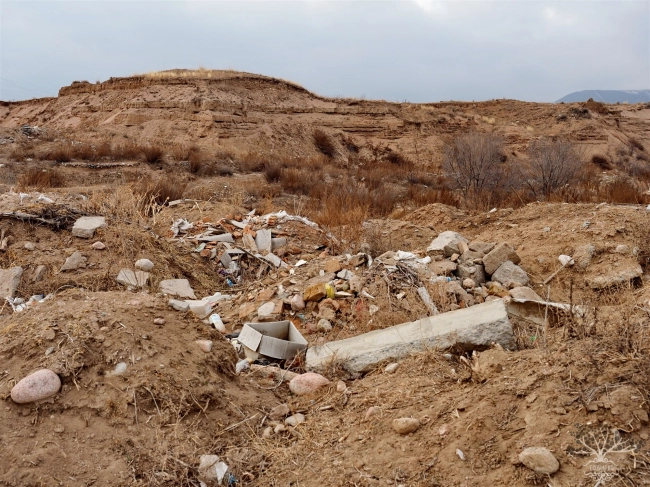
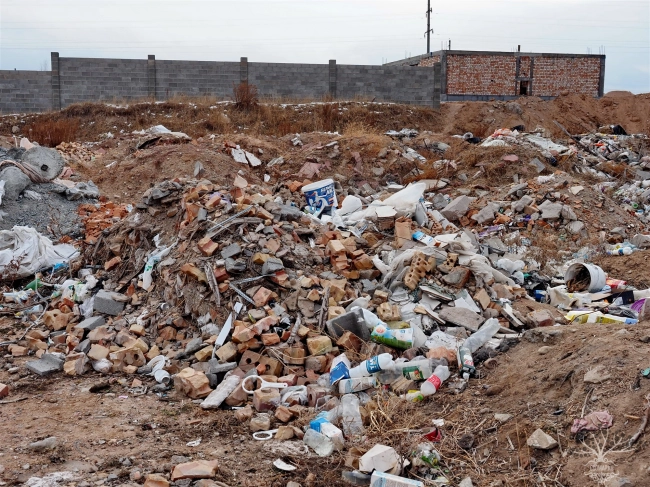
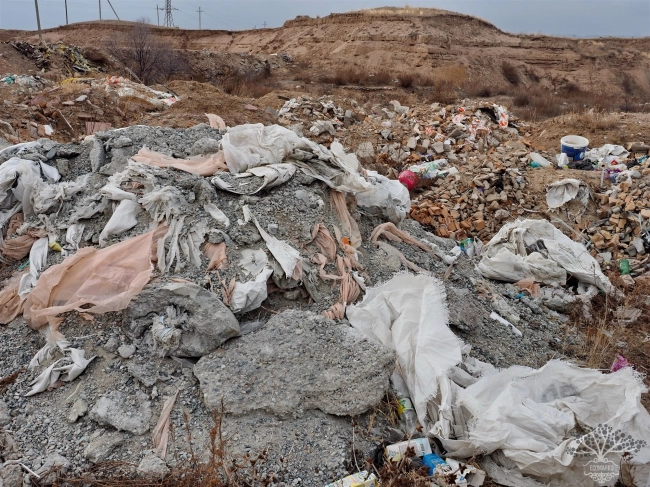
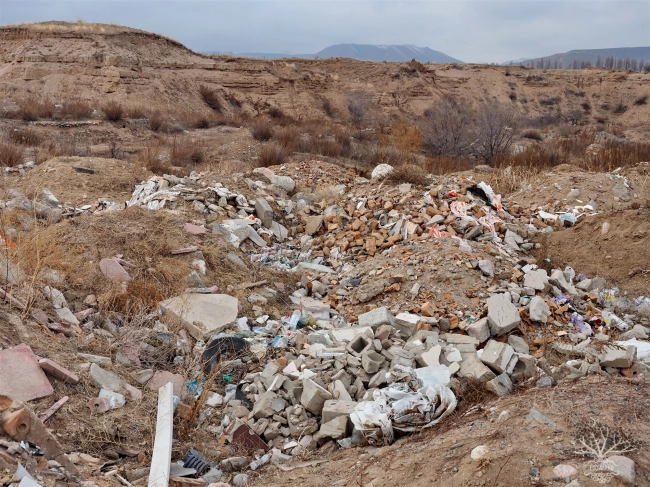
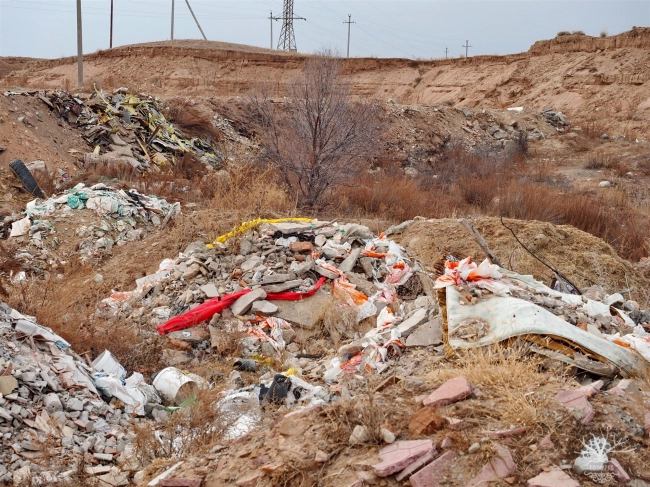
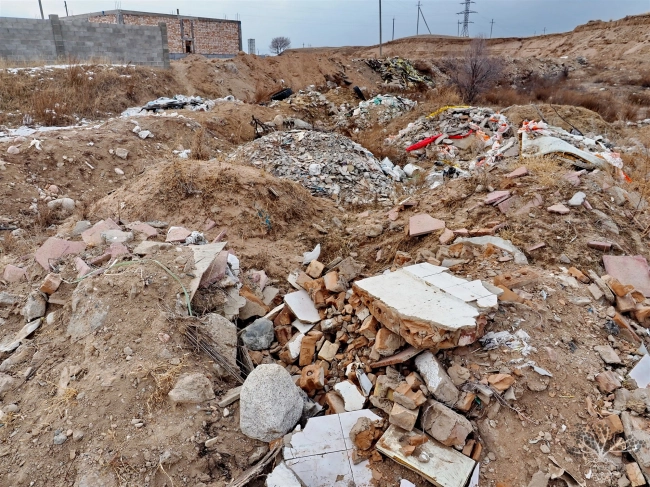


















Attention: Information based on submitted complaints